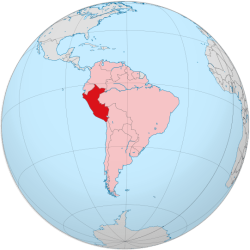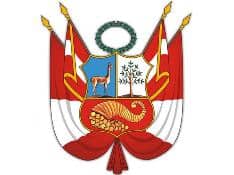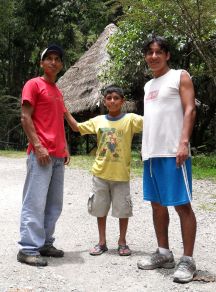 Peru is located on the Pacific coast of South America. It shares a border with five neighboring countries: Ecuador, Colombia, Brazil, Bolivia and Chile.
Peru is located on the Pacific coast of South America. It shares a border with five neighboring countries: Ecuador, Colombia, Brazil, Bolivia and Chile. The current President of Peru (since July 2016) is Pedro Pablo Kuczynski, popularly known as PPK. Kuczynski won the presidential vote by a tiny margin over his rival, Keiko Fujimori. The previous president was Ollanta Humala.
The current President of Peru (since July 2016) is Pedro Pablo Kuczynski, popularly known as PPK. Kuczynski won the presidential vote by a tiny margin over his rival, Keiko Fujimori. The previous president was Ollanta Humala. Approximately 77 percent of the Peruvian population lives in urban areas (towns and cities). That means there’s a lot of space out in rural areas of the country.
Approximately 77 percent of the Peruvian population lives in urban areas (towns and cities). That means there’s a lot of space out in rural areas of the country. The gross national income per capita is US$4,700. As of May 2016, the minimum wage in Peru is S/.850 per month.
The gross national income per capita is US$4,700. As of May 2016, the minimum wage in Peru is S/.850 per month.Transportation and Infrastructure